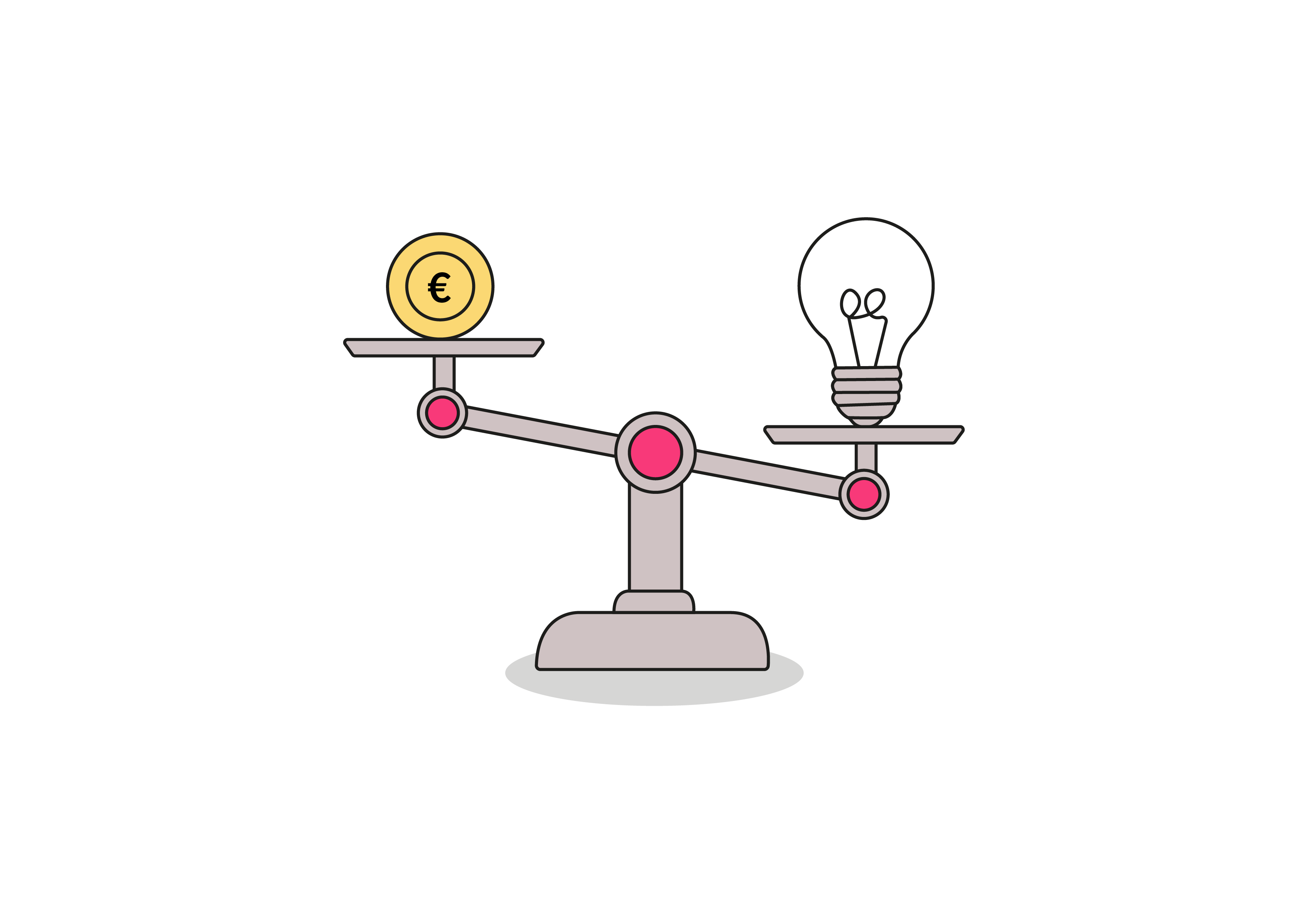
Solutions
Solve your most critical customer experience challenges

Marketing Manager - France
In order to give your project the green light for the beginning of January, you should really finalise the operational implementation of your customer listening plan by the first week of December at the very latest. The first fifteen days of the month are a period of intense commercial activity for most businesses, hardly conducive to the communication drive that must accompany the project launch.
Depending on the scale of your project, the implementation phase should take between four and six weeks. Remember, this phase should be preceded by an absolutely essential framing phase of similar duration to clarify the objectives of your approach with those who will work on the project and translate their needs into functionalities.
Therefore, to ensure a stress-free launch at the beginning of the new year, begin your internal framing phase at the beginning of October in the preceding year.
-Check out our tips on establishing optimal timing and reverse planning for your project in this post.
Our advice - To retain the maximum benefits from training your teams with the feedback management tool, schedule training at the beginning of January, one week after the project launch, instead of at the end of the implementation phase.
When designing a customer listening project, you must identify where moments of satisfaction and dissatisfaction take place during the framing phase. As a business, you have two complementary sources of information at your disposal:
Moments of truth are all highlights of customer testimonies. The analysis of these opinions allows you to create a preliminary list of recurring themes and subjects, both positive and negative. For example, if 90% of customer testimonies mention negative checkout experiences, it is clear that this stage of the journey is problematic and should receive all your attention.
Our advice - Map out the entire customer journey by illustrating all the options a customer can choose from each step of the way. Once you have created this map, determine the key moments you have identified in your analysis of customer testimonies, such as pain points. This is the best way to determine when it is most appropriate to solicit customer feedback when you set your plan in motion. Having identified these priorities, you will be ready to create highly targeted surveys aimed at collecting practical advice that will truly help you evolve.
It isn’t an absolute obligation, but it is strongly recommended! At Critizr, we believe, based on countless examples, that when feedback is processed locally by point of sale managers, responses are more accurate, more relevant and have a stronger positive impact on customer sentiments.For a consumer that leaves a critical or negative review concerning a specific store, being quickly contacted by that store’s manager shows a level of consideration that is typically greatly appreciated. This personal contact is a widely proven method of transforming disillusioned or dissatisfied customers into promoters and strengthening the links between a business and its local clientele. Finally, having a store manager respond to customers personally has a highly positive impact in involving the entire team in the customer experience listening and differentiation project.
Our advice - If the goal of your listening project is to improve in-store experience and to strengthen the visibility and anchoring of your business at the local level, involve a representative from your sales network during the framing phase of the project to better take into account the expectations and constraints that point of sale managers have. Project adherence and involvement will be far stronger and more sustainable if you give them the support they need throughout the launch phase.
The fear of becoming overwhelmed with messages and having to spend a great deal of time responding to them is a frequent concern. Remind yourself, and your point of sale managers in particular, that equipping your team with a feedback management platform allows you to:
1/ Have control over collection channels and track them
2/ Be able to tailor the volume of messages received according to your manager’s actual capacity to receive and process them
Finding this balance is one of the main objectives of the incubation phase that follows the project launch.
Our advice - What we have noticed in practice is that store managers aren’t scared of getting involved in the process, but they demonstrate hesitancy and apprehension when faced with the necessity of responding to dissatisfied clients. This is why Critizr offers support plans tailored to specific local teams and helps develop response guides and customer dissatisfaction management training courses.
There is no single right answer to this question. It all depends on your objectives. Regardless of what your objectives may be, you’ll need to consider two categories of indicators:
Our advice - Make sure these indicators are communicated internally in a clear manner and understood by everyone. Publish results regularly that showcase improvements and successes. Believe us—highlighting successes, such as points of sale with the highest increases in customer satisfaction and recommendation scores, is far more effective than condemning poor performance.
Hear about our upcoming events and read the latest success stories from our clients.
